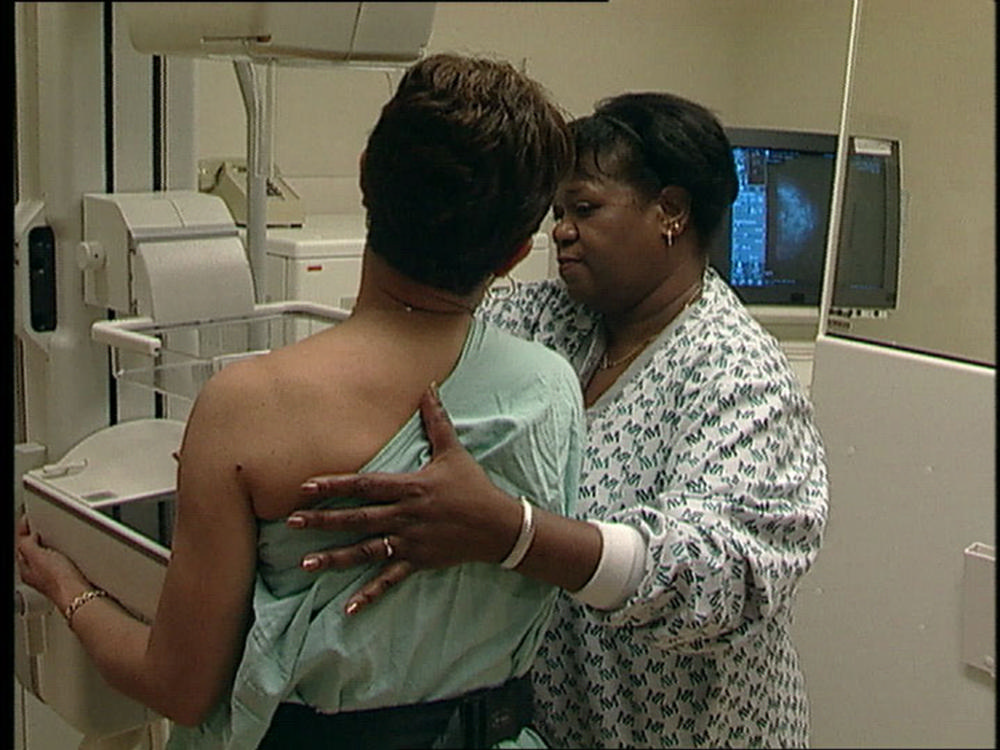Women in 40s May Delay Mammography When Informed About Benefits, Harms
Images

A nationally representative US survey found women in their 40s may start mammography at an older age when informed about the benefits and potential harms of breast cancer screening, including overdiagnosis and the risk for a false positive result. Women who wanted to delay screening after being presented with a decision aid describing the evidence were at a lower breast cancer risk than those who wanted screening at their current age. These findings are particularly relevant as the U.S. Preventive Services Task Force (USPSTF) recently changed its recommendation for mammography screening from informed decision making to biennial screening for women aged 40 to 49 years. The study is published in Annals of Internal Medicine.
Researchers from the University of Colorado School of Medicine, Denver VA Center of Innovation surveyed 495 women aged 39 to 49 years without a history of breast cancer or a known BRCA1/2 gene mutation to assess screening preferences before and after receipt of a decision aid describing the benefits and harms of beginning screening at age 40. The researchers found that before the decision aid, 8.5% of participants preferred to wait until 50 to screen versus 18% after reading the decision aid. There was no increase in the number of participants who said they never wanted to have mammograms, suggesting that the evidence did not discourage screening altogether. Persons with higher breast cancer risk preferred earlier screening. More than a quarter of participants indicated that overdiagnosis was different than what their doctor told them and almost one-third found that information about overdiagnosis conflicted with other messaging about screening. These findings suggest that providing information about both benefits and harms may change intention to screen for some women.
An accompanying editorial from the University of Toronto touches on the importance of informed decision making with regard to breast cancer screening, as well as equitable access to care.